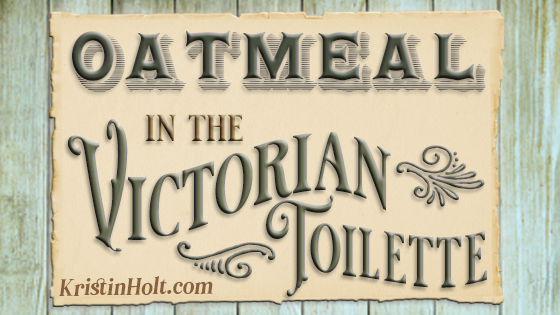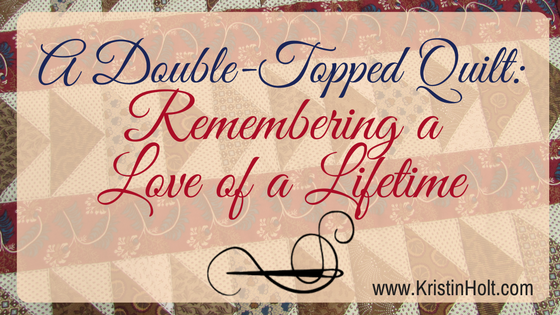
by Kristin Holt | May 21, 2019 | Articles
In this Blog Article Series about Victorians and Oatmeal, we’ve seen cookies (both with and without raisins), Victorian attitudes about oats for food (rather than fodder), and vintage newspaper clippings highlighting the attitudes of some American Victorians. This article is still about oatmeal–and Victorian woman using those rolled oats in bath sachets to soften the skin. See the Victorian-American bath sachet recipe(s).

by Kristin Holt | Jun 8, 2018 | Articles
Beyond the obvious beneficiaries of the Calico Ball craze (mid- to late-nineteenth century United States)– the needy who received the once-worn dresses (or suits of clothes), who else benefited?
I suggest a short list of Hidden Beneficiaries. Who else can you identify?

by Kristin Holt | Jan 13, 2017 | Articles
Quilt-making was an important part of “women’s work” in the 19th century (as well as before and after). My ancestors’ journals tell of a ransom demanded for the return of their little boy, kidnapped by the Black Hawk Indians in central Utah–including five quilts. The family got by with husk-filled bedding until Mother could gather enough wool from the barbed-wire fences to make batting for another quilt. She wasn’t alone in this frugal (and apparently necessary) practice.
TODAY is Release Day! PLEASANCE’S FIRST LOVE is here! It’s #6 in the acclaimed Grandma’s Wedding Quilts Series.

by Kristin Holt | Jan 1, 2017 | Articles
GRANDMA’S WEDDING QUILTS Series debuts today with the release of THE PREQUEL, a short introduction title by Kate Cambridge. My contribution to this 12-volume series (including the prequel) is Pleasance’s First Love. In this article, I share the gem of an idea, true-to-history, that came from researching quilts in Colorado in the 19th century. Who knew a quilt could have two “tops”?












